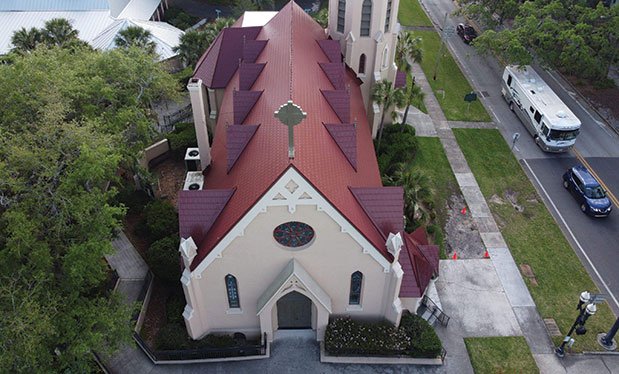Good bosses have five traits in common
 |
Being a boss can be difficult. Good bosses strive to do the right thing while also ensuring employees are engaged and happy. Fast Company shares five traits good bosses have in common:
- They trust their employees. Employees’ main complaint about their bosses is they micromanage, which reflects a lack of trust. Good bosses trust employees are capable and focus on results rather than ensuring things are done their way.
- They check their egos and do the work. Good bosses do not believe they are above any task. They understand what a reasonable workload is and help team members when needed.
- They celebrate progress and offer constructive feedback. Both steps are crucial. When an employee’s work is not acknowledged, he or she will believe there is no point in working hard. And if a boss never acknowledges an employee’s mistakes or skills gaps, the employee will not improve or advance his or her career.
- They view employees as people first. Good bosses know and respect their employees have families, personal obligations and interests that sometimes need to take priority, and they provide flexibility when needed.
- They are honest and communicate. Employees are motivated when they understand what they are working for; ambiguity leads to worry and confusion. Good bosses clearly communicate what they know to their employees, sharing as much as they can and admitting when they do not know something.
UL Solutions prices its upsized IPO to raise $946.4 million
 |
UL Solutions, Northbrook, Ill.—a testing, inspection and certification company—priced its upsized initial public offering in April at $28 a share, closer to the high end of its $26 to $29 price range. The offering of 33.8 million shares sold exclusively by selling shareholders raised $946.4 million at a valuation of $5.6 billion.
The company’s stock ULS started trading on the New York Stock Exchange under the ticker “ULS” April 12. Goldman Sachs, BofA Securities and J.P. Morgan are lead underwriters in a syndicate of 16 banks that worked on the deal. UL Solutions is profitable and had a net income of $276 million in 2023, down from $309 million in 2022. Filing documents show revenue rose from $2.520 billion to $2.678 billion.
Are you a micromanager?
As a manager, it can be easy to fall into the habit of micromanaging. Managers have the pressure of proving themselves to their teams while also ensuring they are delivering results for the company, which sometimes can lead to being overly involved with the team’s work.
Harvard Business Review recommends asking yourself the following three questions to ensure you are not micromanaging.
- Am I always giving my team advice? Offering advice to your team members can be crucial when situations truly require it, such as high-stakes projects or urgent issues. But generally, you should help people develop their own approaches, asking teaching-oriented questions that will help your direct reports grow.
- Do I need to approve every decision my team makes? Make a list of high-stakes decisions you must oversee or approve and lower-stakes items you can delegate to trusted employees. Delegating saves time and gives your employees a chance to learn.
- Do I approach feedback as a one-way street? When you check in one on one with team members, turn feedback discussions into a dialogue. Allow your reports to evaluate themselves before sharing your evaluation, and be proactive about asking your team for feedback regarding your leadership.
Job openings grow along with hirings and layoffs
The construction industry had 441,000 unfilled jobs in February—a 3.8% increase from January—according to a Bureau of Labor Statistics job openings survey released in April. There were 403,000 new hires during this time, but the BLS report also measured 375,000 separations, counting layoffs, firings and quits, according to Construction Dive.
Anirban Basu, chief economist for Associated Builders and Contractors, says the elevated rate of hirings and discharges compared with the same time the previous year indicate a wide gap between construction sectors.
“This suggests … certain construction segments powered by federal funding and incentives continue to generate demand for labor, while privately financed segments had slower growth,” Basu says.
In February, nonresidential spending also dropped 1% to a seasonally adjusted annual rate of $1.179 trillion.
Basu said the contraction could be attributed to colder winter weather but also could indicate higher interest rates are having an effect on the construction industry.



